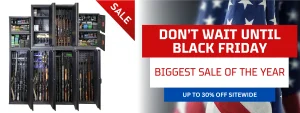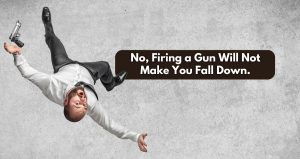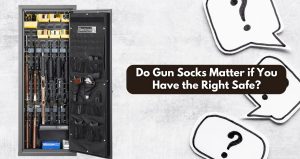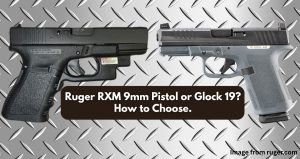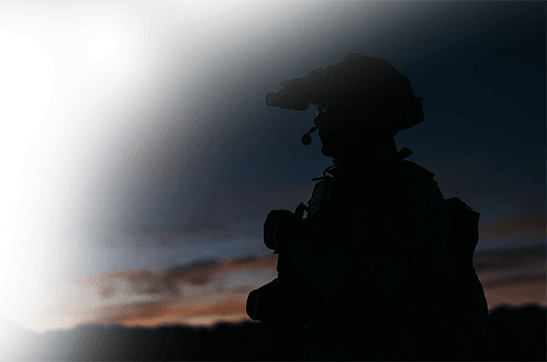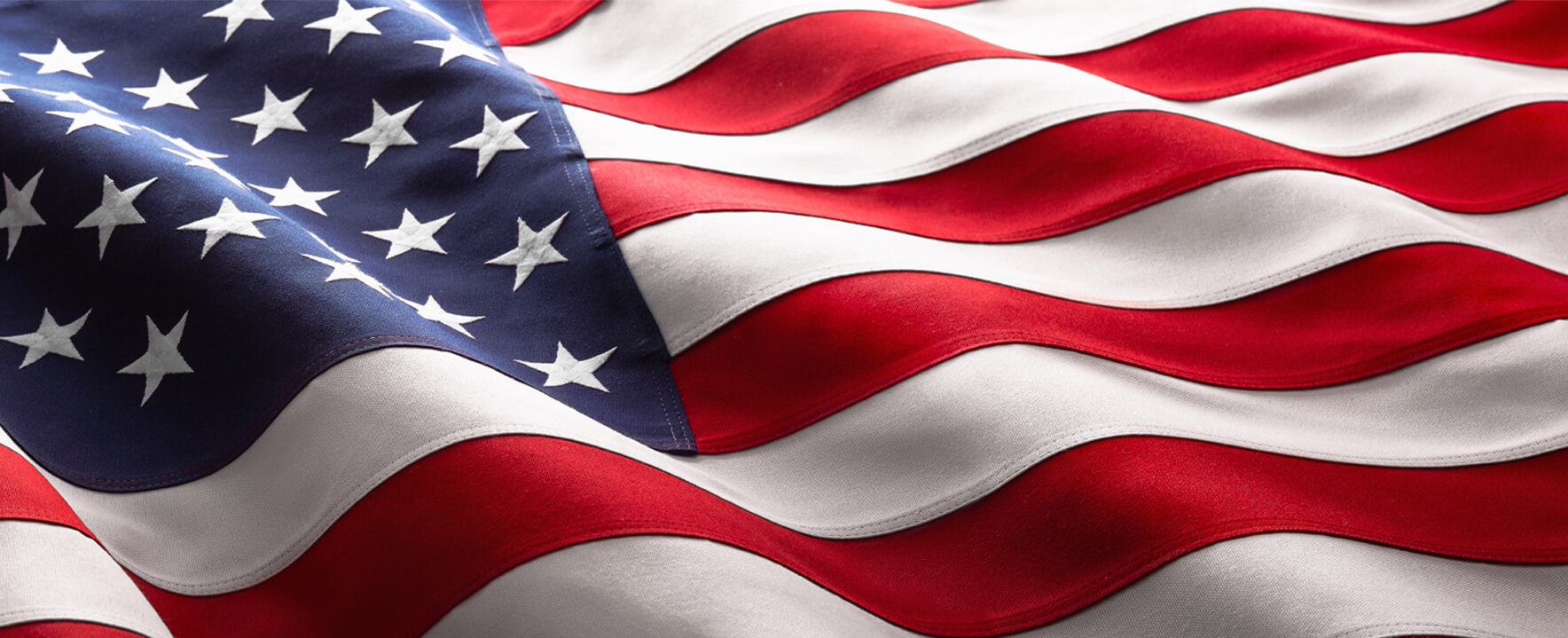Do you Actually Need a Fire-Rated Gun Safe?
To answer this question, it helps to first answer a few other questions.
What is the response time for your fire department?
If you live in a city with a paid full time fire department, the response time is probably under 5 minutes. A small town with a volunteer force is 8-15 minutes.
Is fire an actual risk to consider?
100 years ago fire was a real risk. But today the odds of a fire in a modern home is very small. Of houses that experience a fire, almost 70% occur in the kitchen and are confined to a pot or the oven. The odds of a home burning to the ground are extremely low.
In today’s gun safe market, fire-resistance is a ubiquitous marketing tool companies use to sell their gun safes. It’s meant to make customers feel good that in case of a fire their safe would protect their firearms or valuables. The truth is most of these safes would fail miserably in a real fire. Actual data suggests that whether your guns survive a fire has more to do with the nuance of how the fire burns then in the type of container they are stored. How did fire ratings become a false badge of merit?
History of the Fire-Resistant Gun Safe
In the early-mid 19th century fire was a serious problem. In fact, one of the patents for the first fire safe was destroyed in a fire. Back then they were made out of doubled walled steel filled with plaster of paris, and then cement, as the plaster caused water damage. In both cases, during a fire, the water in the poured fillings would soak up massive amounts of heat energy from the fire, and fill the safe as steam — protecting the contents from a fire.
Today gun safes are made with a single layer of thin steel and drywall. The Fire rating on the sticker on the door is meaningless in a real fire. Gun safe manufacturers tell you their safes are certified and tested for fire tolerance. What they don’t say is that they control the process without any oversight. They design their own fire test – a test they know they can pass. Then they pass it and claim “fire certified”. Sometimes they hire an outside company to do the test and say “independently certified”. The testing firms are for-profit companies, paid to administer a test designed by the safe manufacturer. These tests are typically the safe in a oven and temp turned up to 1200 degrees or so. In a real fire air can be moving in excess of 60MPH and temperatures can go well beyond 1200 degrees. The convective nature of a real fire cooks the contents of these safes in minutes.
Some people might say, “Well, something is better than nothing.” That’s not true. In this case the drywall being used is ineffective and can actually damage your firearms. The materials used in imported drywall are corrosive to your firearms and ammo — this is something we discuss in depth in our corrosion article.
Unless it has some type of poured filling, don’t count on it protecting your guns in a fire.
